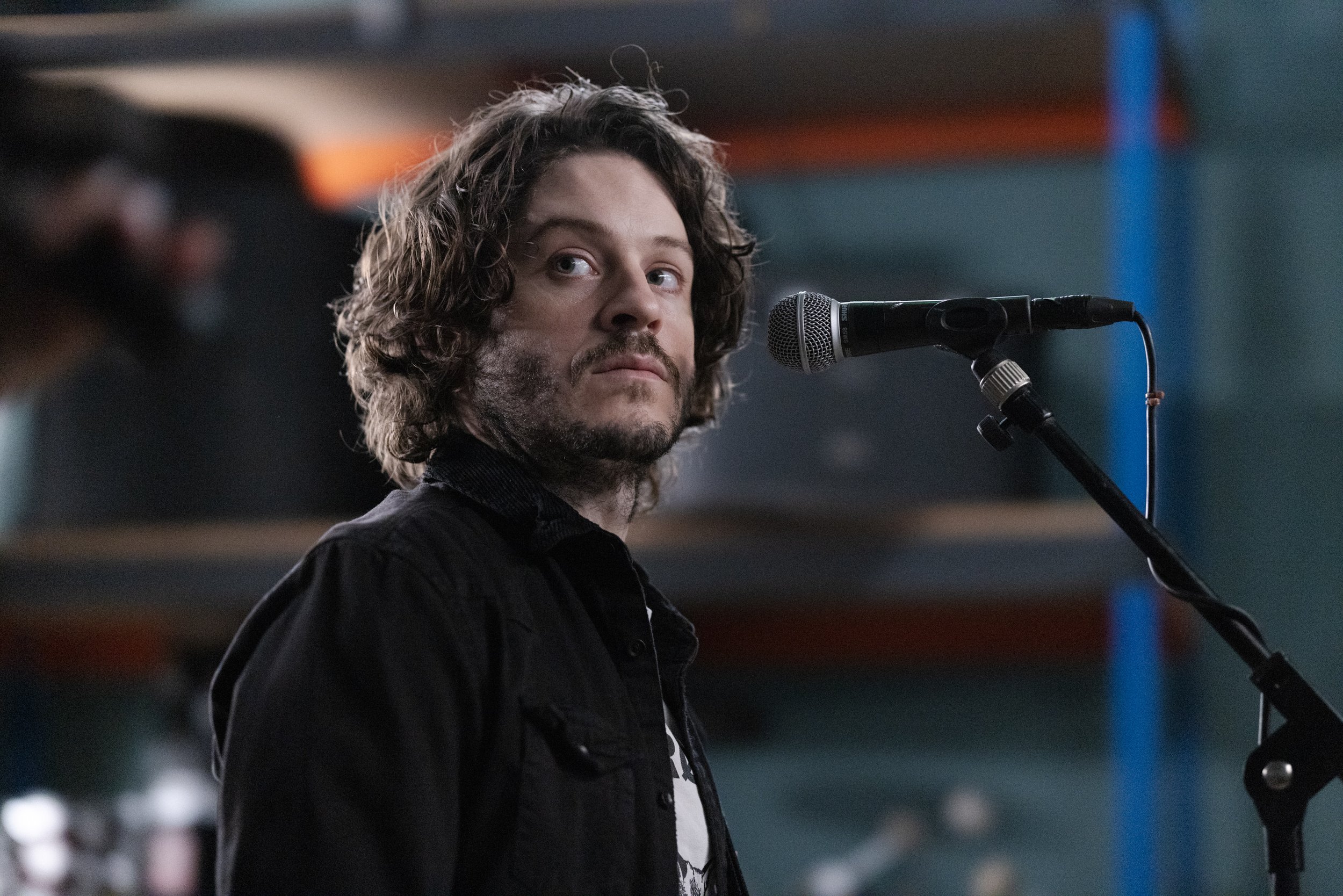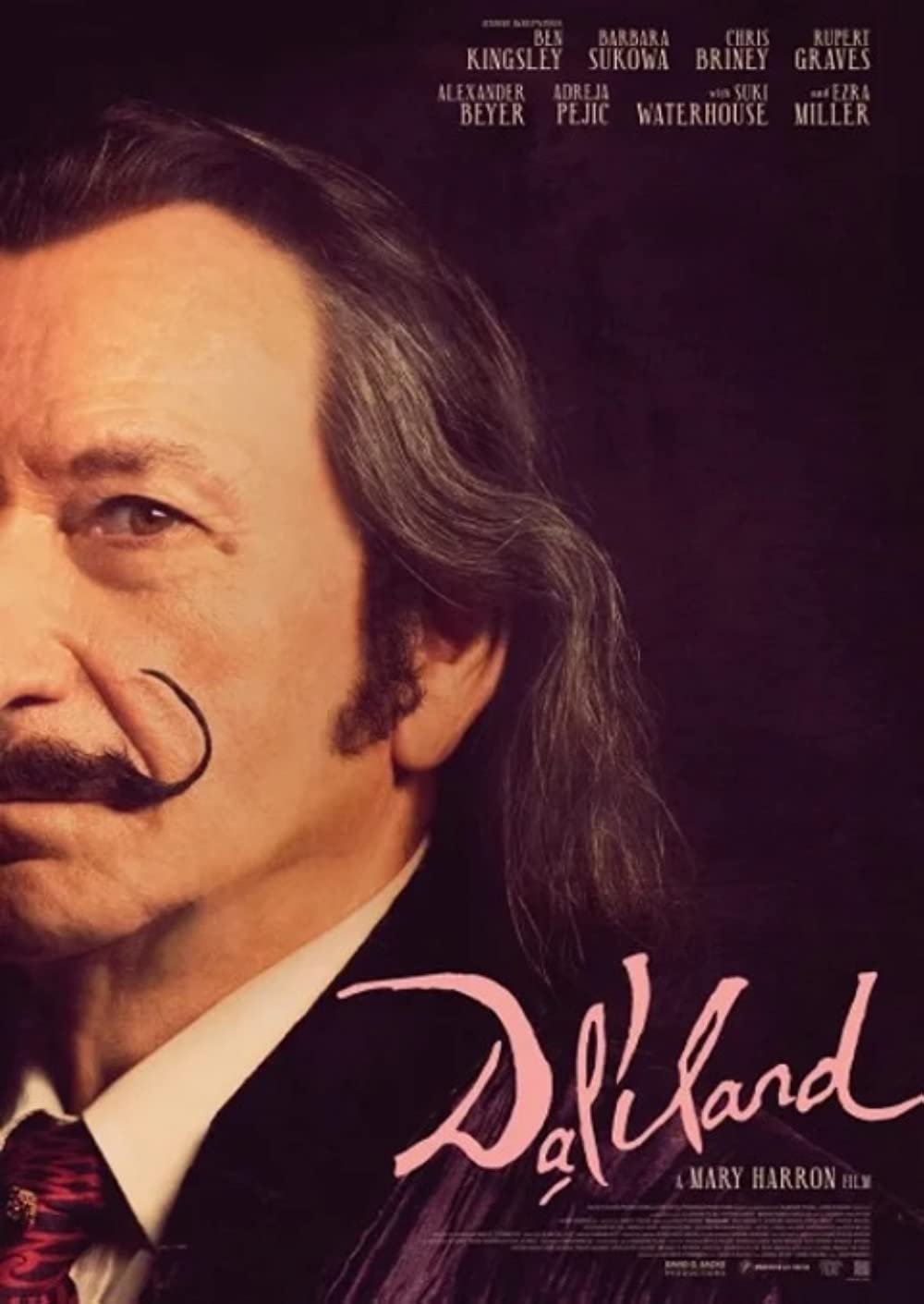Gear Guide: Essential Equipment for Film and TV Still Photographers
Hey there, visual storytellers! Whether you’re a seasoned pro in the world of film and TV set photography or just starting out, you know that capturing the perfect still in the bustling environment of a set requires not just skill and patience, but also the right gear. In this friendly guide, we’re diving into the essential equipment that every film and TV still photographer should have in their arsenal. From cameras that won't miss a beat to lenses that capture every detail and lighting equipment that sets the mood, we've got you covered. Let's gear up and get ready to capture those unforgettable on-set moments!
Cameras: Your Best Friend on Set
When it comes to film and TV set photography, choosing the right camera is like finding a trusty sidekick. You need something robust, versatile, and capable of handling the dynamic range of lighting conditions you’ll encounter.
Mirrorless Cameras: These are a fantastic choice for still photographers on set. They're lightweight, compact, and offer excellent image quality. Look for models with high ISO performance for those dimly lit scenes and fast autofocus to capture action shots without missing a beat. I love my Canon R5.
DSLRs: For those who prefer the heft and feel of a DSLR, these cameras are known for their durability and performance. A full-frame DSLR with a good dynamic range can help you capture detailed stills in various lighting conditions. You will have to invest in a blimp though, quiet on the set!
Iwan Rheon | Christmas Number One
Lenses: The Eyes of Your Camera
The lens you choose can dramatically affect the outcome of your photos. Different scenes call for different focal lengths and apertures.
Prime Lenses: With their fixed focal length, prime lenses are known for their sharpness and faster apertures. A 50mm or 85mm prime lens can be perfect for capturing crisp, detailed character shots.
Zoom Lenses: When you need flexibility on set, a good quality zoom lens can be your best friend. Look for something in the range of 24-70mm or 70-200mm with a constant aperture for versatile shooting.
Lighting Equipment: Setting the Mood
Most of the time you will not need lighting, 99% of the time I won’t carry lights with me on set. However, occasionally you’ll be asked to do ‘pull aside portraits’ but the gaffer will likely help you out with a spare light or two. Sometimes you’ll be asked to do a gallery day (seamless day/on grey day/lots of different names) where you shoot all the talent on a plain grey backdrop. For this you will need lights, but don’t stress if you don’t own any, talk to production about hiring them and covering the costs, this is normal.
Marketing shoots are a whole different kettle of fish. Ideas, mood boards, costumes, hair and make-up, on location, it’s a whole circus to orchestrate.
Daliland
This was a pull-aside portrait of Sir Ben Kingsley we did between takes. The gaffer helped me set up a piece of black fabric, a light and a bounce in a matter of minutes. It was great because it’s now the poster!
Accessories: The Little Things That Count
Beyond your camera, lenses, and lights, a few additional accessories can make your life on set much easier.
Memory Cards: Always have a few extra high-capacity, fast memory cards. The last thing you want is to run out of storage at a crucial moment.
Batteries and Chargers: Like memory cards, you can never have enough spare batteries. Being able to quickly swap out a dead battery ensures you never miss a shot. Also, bring a charger, most studios will have power you can use.
Camera Bag: A durable, well-organised camera bag is crucial for keeping your gear safe and accessible, especially in the fast-paced environment of a film or TV set. I opted for one with wheels (I now have a pelican case) because carrying a heavy bag on my back isn’t going to do me any favours long term.
Tripod/Monopod: For those long shoots or when you need extra stability for low-light conditions, a sturdy tripod or a handy monopod can be invaluable. Also great if you’re asked to leave the room for the shot but they are happy for you to leave your camera set up in a corner.
An app or remote trigger: For the same reasons above, you can remotely see and shoot what’s happening inside a closed set (always ask permission first).
Wrapping Up
Equipping yourself with the right gear is just the first step towards capturing those magical on-set moments. Remember, the best equipment is the one that suits your style and the specific demands of the project you’re working on. So, gear up, get out there, and let your creativity shine on the bustling sets of film and TV. Happy shooting!

